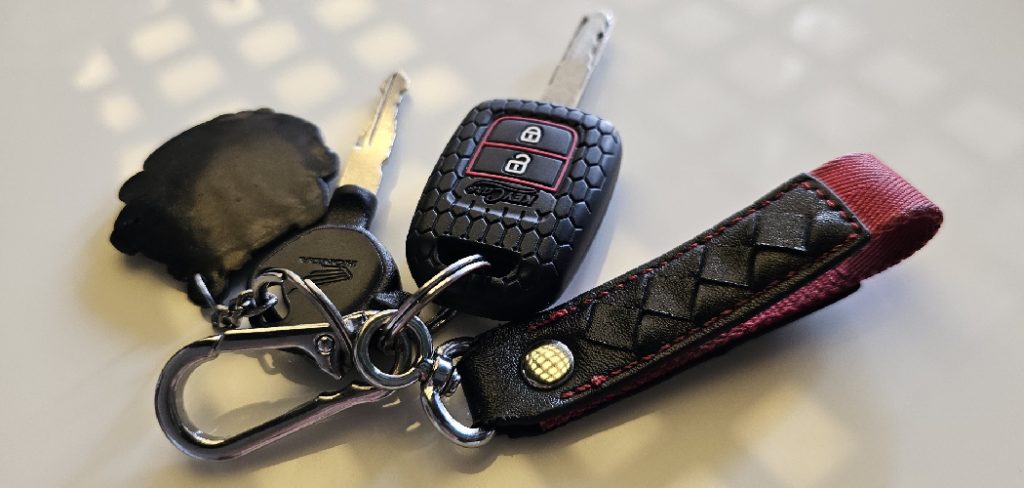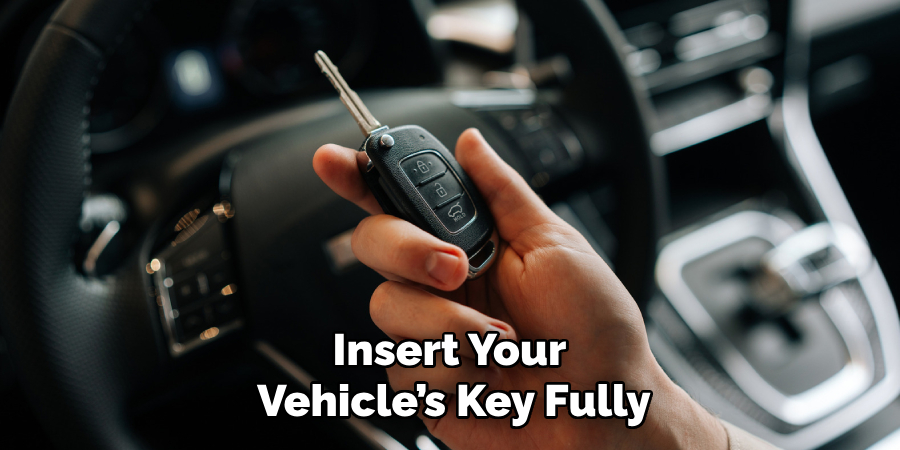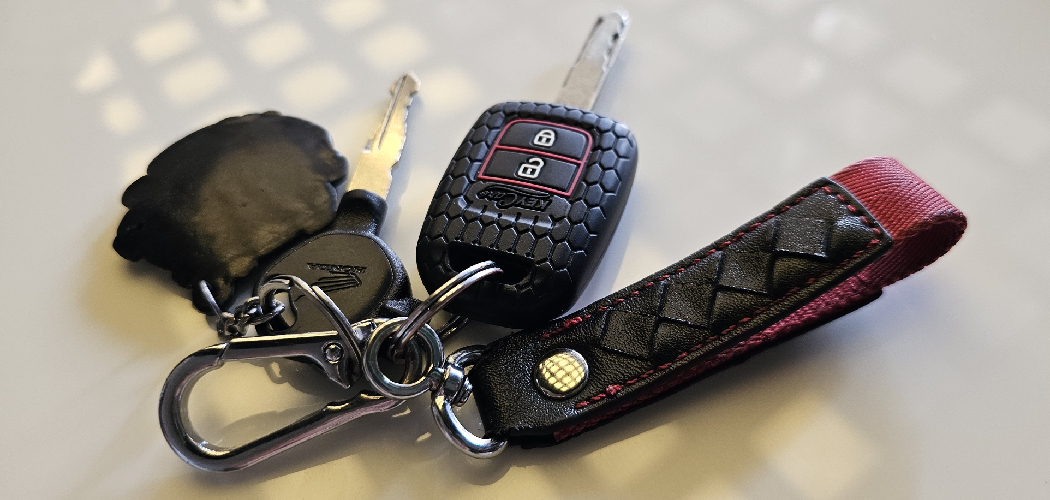Anti-theft systems are now standard in most modern vehicles, designed to prevent unauthorized access and protect your investment against theft. These high-tech systems use sensors, coded keys, transponders, and alarms to create multiple layers of security between potential thieves and your car. While effective, these systems are not infallible—sometimes they activate unexpectedly or malfunction, leaving you stranded despite being the rightful owner of your vehicle.

For many drivers, being unable to start their own car due to an overactive anti-theft mechanism is deeply frustrating. Relief often seems out of reach, especially if you don’t have access to specialized diagnostic tools or spare electronic key fobs. Fortunately, understanding how to disable anti-theft system with key can be a practical solution to these problems. This article is designed to walk you through each step, from understanding how these systems work to safely and effectively bypassing unnecessary lockouts using only your car key. If you find yourself stranded, the actionable advice in this guide will help you get back on the road with confidence.
Understanding Anti-Theft Systems
What Is an Anti-Theft System?
Anti-theft systems play a crucial role in reducing vehicle theft by making unauthorized entry and ignition much more difficult. When you lock your car or activate the alarm, these systems engage a series of electronic and sometimes mechanical measures. Immobilizers, sensor-based alarms, and coded keys work together to ensure only the proper key can start the engine. These measures are highly effective deterrents for criminals, as bypassing them is complex and risky.
Key Components and How They Work
Modern anti-theft systems combine several components, such as immobilizer chips inside keys, motion sensors in the cabin, and alarms triggered by unauthorized door openings. Your vehicle owner’s manual can help identify which system is installed in your model, and understanding these basics will prepare you for successful troubleshooting and disabling if needed.
Identifying Your Vehicle’s Anti-Theft System
Before attempting to disable the security feature, identify what type of anti-theft system your car has. Most vehicles have either a factory-installed system or an aftermarket solution, and each operates differently. Check your owner’s manual or contact the manufacturer’s customer support to clarify the specifications of your vehicle’s protection system. Some systems are indicated by dashboard lights, while others may involve steering wheel locks or immobilizers. Knowing these details will shape the approach you use and ensure you avoid any unnecessary mishaps.

Tools and Preparation
Gather What You’ll Need
To disable the anti-theft system with your key, start by collecting your main physical key (with chip, if required), a copy of your vehicle’s manual, and ensuring your car battery is charged. You might also want to have a backup programmed key and a portable charger if there’s a risk your key fob battery is low.
Prepare for Success
Double-check that your key is in good condition. Clean or wipe off any dirt, ensure contacts are exposed (if applicable), and locate your vehicle in a flat, safe area for the process. It’s wise to have a plan for what to do next if disabling the system using your key doesn’t work—such as calling a trusted mechanic or dealership for further guidance.
How to Disable Anti-Theft System with Key: Step-by-Step Guide
Step 1: Insert the Key into the Ignition
Insert your vehicle’s key fully into the ignition cylinder. It should slide in smoothly and align properly. Many anti-theft systems require that you use a programmed key with a transponder chip—the metal portion should be clean and undamaged. Ensure your car’s gear shift is set to “Park” (automatic) or “Neutral” (manual) before proceeding.

Step 2: Turn the Key to the “On” Position
With the key inserted, rotate it to the “On” or “Accessory” position. In this mode, the dashboard lights—and, crucially, the anti-theft indicator light—will illuminate, but the engine will not start. Do not try to start the engine at this point. This step prompts the car’s system to check for a valid key code.
Step 3: Wait and Observe the Indicator
Leave the key in the “On” position and watch the dashboard lights, focusing on the anti-theft (security) indicator. Remain in this position for 10–15 minutes. During this waiting period, the system should recognize your authorized key. The anti-theft light will often stop blinking or turn off to signal success.
Step 4: Turn Off and Restart
Once the anti-theft indicator turns off or becomes steady (depending on your model), turn the key back to the “Off” position. Wait a few seconds. Now, attempt to start your vehicle as usual. If the car starts properly and the anti-theft indicator doesn’t reactivate, you have successfully disabled the system for your session.
Step 5: Repeat if Necessary
Sometimes, the system doesn’t reset the first time. You may repeat steps 2–4 up to three times. If the indicator does not resolve after multiple attempts, proceed to the troubleshooting steps.

Troubleshooting Common Issues
Key or Battery Problems
If the anti-theft system remains active despite following the instructions, your key may not be communicating properly with the system. Try using a backup programmed key, and check whether your car’s battery is providing enough power for the system to read the key’s chip. Weak or corroded battery terminals, a drained car battery, or a dying key fob battery can all prevent the anti-theft system from resetting.
Unresponsive or Lockdown Scenarios
Occasionally, electrical faults or persistent system errors can prevent proper disabling, even with the correct key. If you see error codes or no response after waiting, check your key for physical damage or faults in your vehicle’s electrical wiring.
When to Call for Help
If these steps do not resolve the issue, it may require professional help. This is especially likely if the system continues to show error messages or the ignition will not turn on at all.
Preventing Future Issues
Maintain Your Keys and Battery
A clean, well-cared-for key is less likely to encounter issues with anti-theft systems. Routinely check your battery’s condition and replace the batteries in key fobs regularly. Do not expose your key to extreme temperatures, water, or impact.
Regular System Checks
Test your anti-theft features every few months by activating and deactivating them, and be alert to changes in indicator light behavior. Update your car’s firmware if the manufacturer provides upgrades related to security features.
Risks of Disabling the Anti-Theft System
While disabling the anti-theft system is necessary in some situations, be mindful of legal and security risks. Some jurisdictions may not permit tampering with factory security settings, particularly if it involves permanent changes. Always use these steps temporarily and restore the system as soon as possible to avoid leaving your vehicle vulnerable.

When to Seek Professional Assistance
Some situations—such as immobilizer failure, lost key programming, or repeated unsuccessful attempts—demand help from a certified auto technician or your vehicle dealership. These professionals have the diagnostic tools and training to handle advanced security system resets and repairs without risking further damage.
Frequently Asked Questions About Immobilizer and Vehicle Security Systems
What Is an Immobilizer in a Vehicle?
An immobilizer is an anti-theft device installed in vehicles that prevents the engine from starting unless the correct key or fob is used. It works by communicating with a microchip within the key, ensuring the car cannot be hotwired or started without authorization.
Can I Reset the Immobilizer Myself?
Yes, in some cases, you can perform a basic immobilizer reset by following the instructions in your vehicle’s manual. However, for complex issues or repeated failures, it is best to consult a professional to avoid accidental damage.
Why Is My Immobilizer Not Recognizing the Key?
This issue may arise due to a worn-out key fob battery, interference in the signal between the fob and the car, or malfunctioning components within the immobilizer system. Addressing the exact cause often requires professional diagnostic tools.
How Much Does It Cost to Repair or Replace an Immobilizer?
The cost of repairing or replacing an immobilizer can vary widely depending on your vehicle’s make and model. On average, it may range from $150 to $500, with additional costs for key reprogramming if required.
Can I Bypass the Immobilizer Permanently?
While some bypass methods exist, permanently disabling an immobilizer is not recommended as it compromises your vehicle’s security. It is always better to repair or replace the system instead.
Conclusion
Mastering how to disable anti-theft system with key is a valuable skill that empowers you to handle unexpected system lockouts. The detailed process outlined here covers everything from preparation and troubleshooting to understanding the underlying technology. Used responsibly, these steps offer a swift, cost-efficient method for regaining control over your vehicle when anti-theft features go awry. Remember to consult your owner’s manual, maintain your keys and batteries, and seek professional help for complex cases. With these best practices, you can travel confidently, knowing you’re prepared to deal with anti-theft system challenges as they arise.

